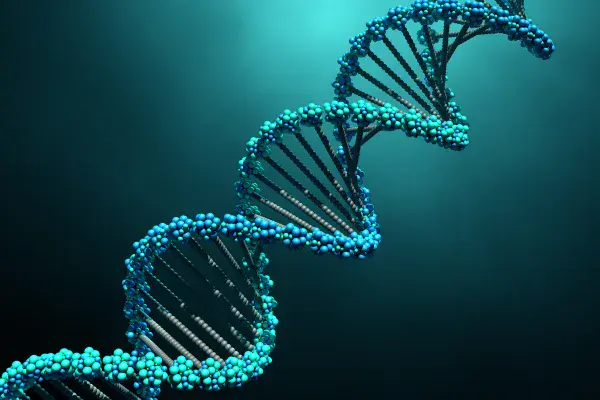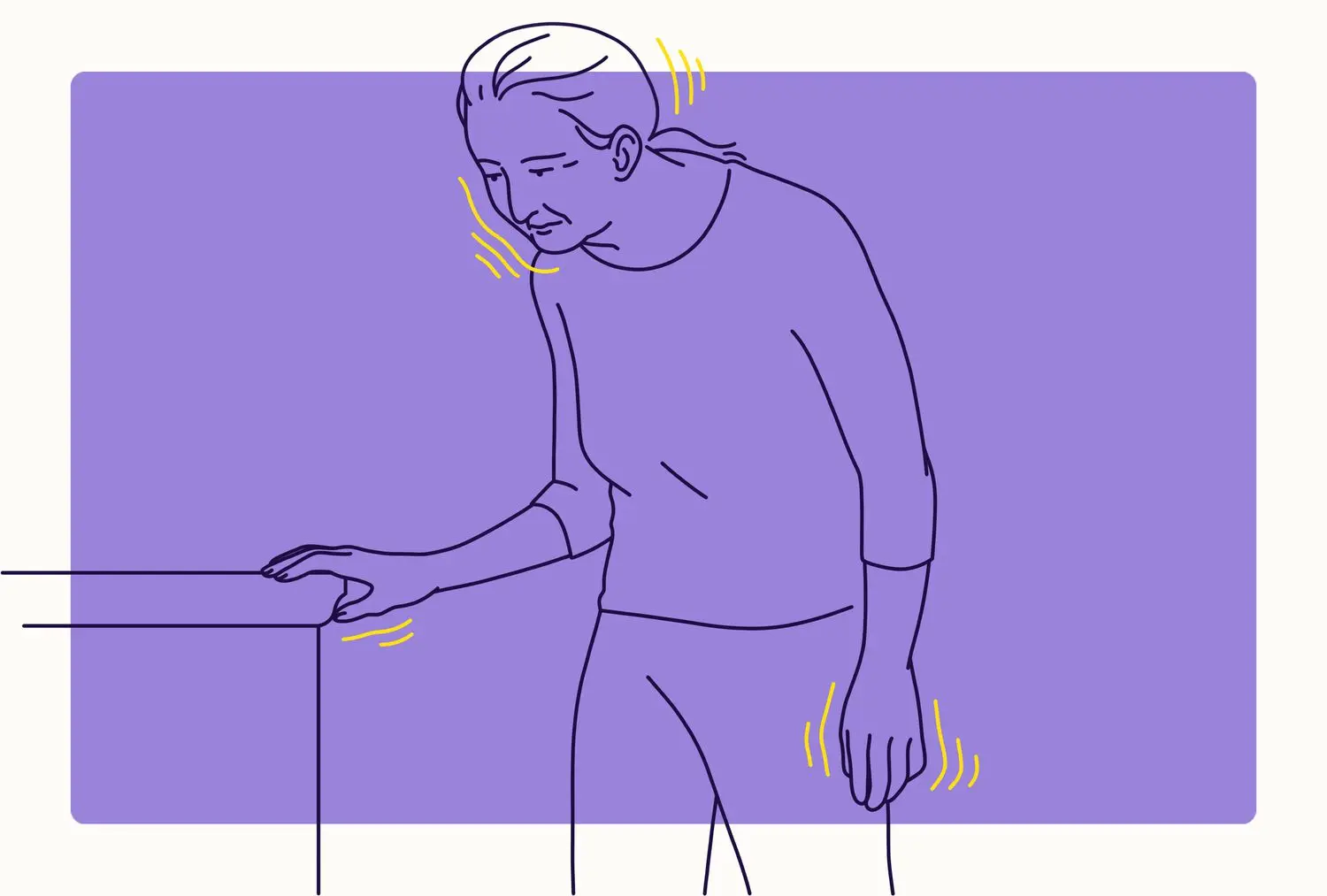
🧬 What is Gene Therapy?
Gene therapy involves the modification of a person’s genes to treat or prevent disease. It can be done by replacing a mutated gene with a healthy one, repairing defective genes, or introducing new genes to help fight a disease. Gene therapy aims to address the root cause of certain diseases, offering a more permanent solution compared to traditional treatments that only manage symptoms.
| Gene Therapy Technique | Description |
|---|---|
| Gene Addition | Adding a new or modified gene to replace a defective one. |
| Gene Editing | Altering or correcting a gene to restore its normal function. |
| Gene Silencing | Turning off or suppressing a faulty gene that causes disease. |
These techniques are currently in various stages of research and clinical trials, showing promise in treating genetic conditions.
💡 Techniques Used in Gene Therapy
Several techniques are used in gene therapy to deliver therapeutic genes into a patient's cells. The two most common methods are:
- Viral Vectors Viruses are genetically modified to deliver therapeutic genes into the cells. These vectors are designed to be harmless and effective in transferring the gene of interest.
- Non-Viral Methods Non-viral methods include techniques like electroporation (using electric fields to introduce genes into cells), lipid nanoparticles, and other chemical carriers to deliver the gene.
| Method | Description |
|---|---|
| Viral Vectors | Modified viruses used to deliver genetic material into cells. |
| Non-Viral Methods | Methods like electroporation and lipid nanoparticles for gene delivery. |
Each technique has its advantages and disadvantages, such as efficiency and the potential for immune reactions, which researchers are working to address.
🌱 Benefits of Gene Therapy
Gene therapy holds the promise of numerous benefits, making it an exciting area of research in modern medicine:
| Benefit | Explanation |
|---|---|
| Potential for Cure | Gene therapy offers the possibility of curing genetic diseases by addressing the root cause at the genetic level. |
| Long-Term Solutions | Unlike traditional treatments, which may require ongoing management, gene therapy can offer lasting or permanent solutions. |
| Improved Quality of Life | Patients may experience improved health and a better quality of life as gene therapy targets the underlying cause of their condition. |
The potential for gene therapy to provide long-term cures for conditions like cystic fibrosis, hemophilia, and certain cancers is one of the main driving forces behind its development.
🏥 Current Applications of Gene Therapy
Gene therapy is currently being used to treat a wide range of diseases, and ongoing clinical trials continue to expand its potential applications. Some of the most notable current applications include:
- Genetic Disorders: Conditions like cystic fibrosis, Duchenne muscular dystrophy, and sickle cell anemia have been targets for gene therapy.
- Cancer Treatment: Gene therapy is being explored for treating cancers by modifying immune cells to better fight cancer cells (e.g., CAR-T cell therapy).
- Infectious Diseases: Gene editing techniques like CRISPR are being investigated for treating viral infections such as HIV.
- Eye Diseases: Specific gene therapies are already FDA-approved for treating inherited retinal diseases.
| Disease | Gene Therapy Application |
|---|---|
| Cystic Fibrosis | Replacement of defective CFTR gene to improve lung function. |
| Sickle Cell Anemia | Editing of hemoglobin genes to correct sickle-shaped red blood cells. |
| Retinal Diseases | Gene therapy to restore vision in patients with inherited retinal diseases. |
These applications are in various stages of research, with some already approved by regulatory bodies like the FDA, and others still under clinical investigation.
⚖️ Challenges and Future of Gene Therapy
While gene therapy holds immense potential, there are still several challenges to overcome, including:
- Cost: Gene therapy treatments are expensive, limiting access for some patients.
- Ethical Concerns: Gene editing, particularly germline editing, raises ethical questions regarding the modification of human DNA.
- Safety: There are potential risks related to immune reactions, unintended genetic changes, or other complications that must be thoroughly studied.
Despite these challenges, the future of gene therapy looks promising, with advancements in technology like CRISPR gene editing and viral vector development continuing to evolve.
🏁 Conclusion
Gene therapy is transforming the landscape of medicine, offering the potential for curing diseases at the genetic level. While challenges remain, the techniques, benefits, and current applications of gene therapy demonstrate the remarkable potential of this field. As research progresses, it is expected that gene therapy will become an increasingly important tool in the fight against genetic disorders, cancers, and other life-threatening diseases.



